The Best Self-Watering Plant Pot in 2023 Introduction
In the fast-paced world of gardening and horticulture, self-watering plant pots have emerged as a game-changer. These innovative containers are designed to make plant care a breeze while conserving water. In this comprehensive guide, we’ll delve into the world of self-watering plant pots in 2023, exploring their benefits, how to choose the right one, and essential care tips. Let’s embark on a journey to make your green friends thrive with minimal effort.
The Best Self-Watering Plant Pot in 2023 | An Overview
Self-watering plant pots have gained immense popularity in recent years, and it’s no surprise why. These pots come equipped with a built-in reservoir system that provides a consistent water supply to your plants, ensuring they stay hydrated even when you’re not around.
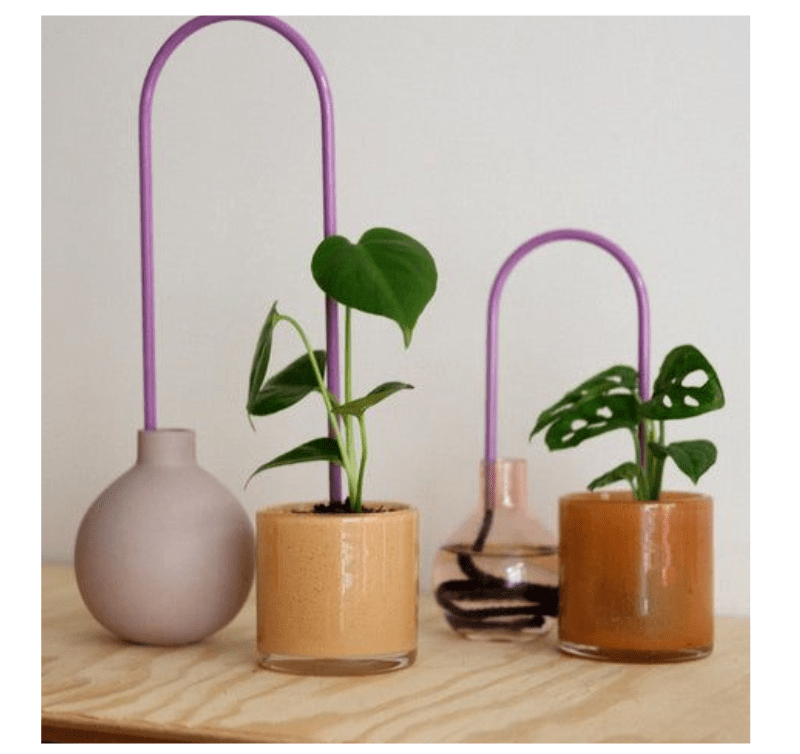
Table of Contents
What to Look for in a Self-Watering Pot
Material
Self-watering planters are frequently made of heavy-duty plastic, which is an excellent material because it can withstand the environment and won’t be harmed by soil or water. Other choices include resin, cedar, and coated metal. Compared to their plastic counterparts, these can be more expensive and heavy to transport, but they frequently resist corrosion, warping, and fading.
Water Capacity
Most self-watering planters use a reservoir system to collect extra water and store it for later use. The plant takes in water by direct absorption from the soil and roots, or from a rope or other material to bring the water up. The reservoir’s water capacity varies from a few ounces to more than half the size of the planter. The amount of time the water lasts depends on the plants and growing conditions, but most hold the water from a few days to a few weeks.
Water Level Indicator
Water level indicators are common in self-watering planters and can be used by growers to determine how much water is present. When it comes to indoor plants without access to rainfall, this is crucial. In order to know when to replenish and to make refilling easier, look for an easy-to-read water level indicator next to the reservoir’s mouth.
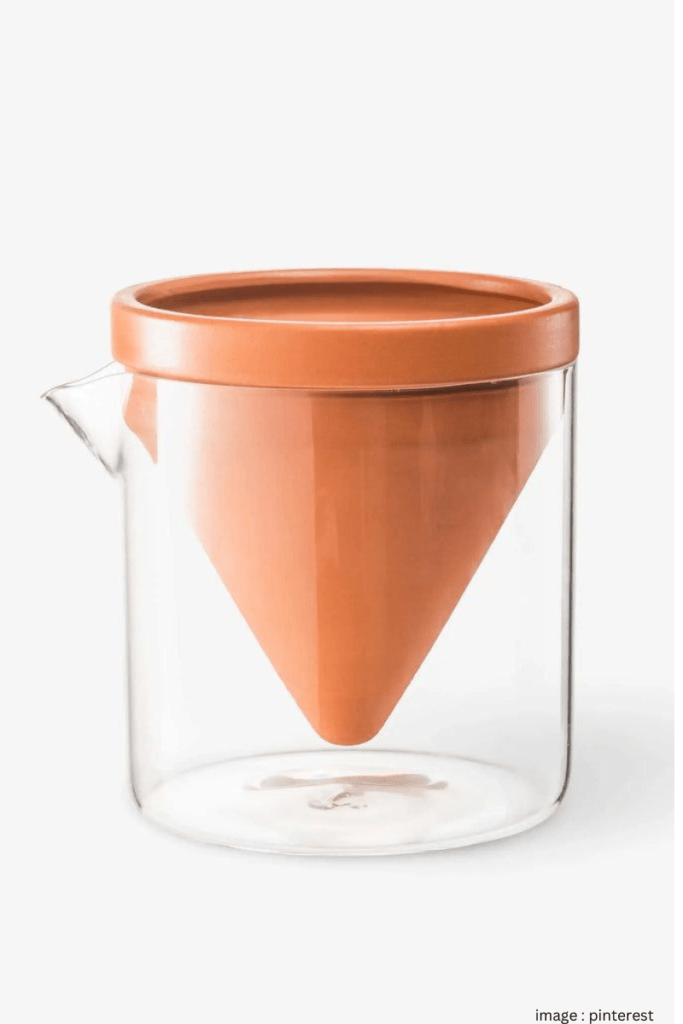
Choosing the Perfect Self-Watering Pot
Selecting the right self-watering pot is crucial to ensure your plants thrive. Here’s what you need to consider:
Size and Type
Different plants have different space requirements. Ensure the pot’s size and type match your plant’s needs.
Material and Design
From classic terracotta to modern plastics, self-watering pots come in various materials and designs. Pick one that complements your décor.
Reservoir Size
The size of the water reservoir matters. Larger reservoirs require less frequent refilling.
Maintenance
Consider how easy it is to clean and maintain the pot. Look for removable parts for hassle-free cleaning.

Benefits of The Best Self-Watering Plant Pot in 2023
Effortless Plant Care
Self-watering plant pots have a built-in reservoir that keeps the soil consistently moist. This means less manual watering and more time to enjoy your garden.
Consistent Moisture Levels
Plants thrive when they receive a consistent level of moisture. Self-watering pots ensure that your plants never experience drought or overwatering, promoting healthy growth and vibrant blooms.
Ideal for Busy Lifestyles
If you travel frequently or have a hectic schedule, self-watering pots are a lifesaver. You can leave your plants unattended for days or even weeks, knowing they will stay adequately hydrated.
Prevents Root Rot
Overwatering is a common cause of root rot in plants. Self-watering pots prevent this by delivering water directly to the roots as needed, reducing the risk of waterlogged soil.
Saves Water
Self-watering pots are designed to minimize water wastage. They only supply water when the soil is dry, ensuring efficient water usage and eco-friendliness.
Enhanced Nutrient Absorption
Proper moisture levels in the soil lead to better nutrient absorption by plants. Self-watering pots contribute to healthier and more robust plants.
Versatility in Plant Choices
You can use self-watering pots for a wide range of plants, from succulents to herbs to large shrubs. The adaptability of these pots makes them a valuable addition to any garden.
Root Health
Well-moistened soil promotes strong root development. Self-watering pots encourage deep, healthy root systems, resulting in more resilient and flourishing plants.
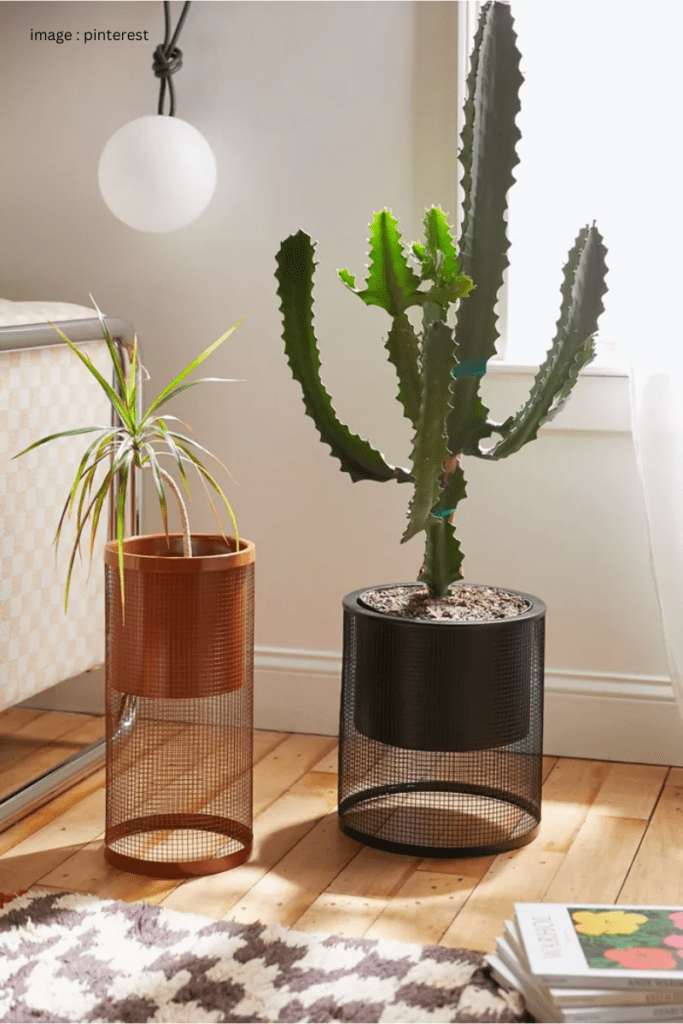
The Best Self-Watering Plant Pot in 2023 | The LSI Advantage
The world of self-watering plant pots has witnessed significant advancements in 2023. Let’s explore some exciting developments:
Smart Self-Watering Pots
Incorporating cutting-edge technology, smart self-watering pots can be controlled via your smartphone. Adjust watering schedules and monitor moisture levels on the go.
Eco-Friendly Materials
Environmentally conscious consumers will be pleased to know that eco-friendly materials like biodegradable plastics and sustainable ceramics are now widely available.
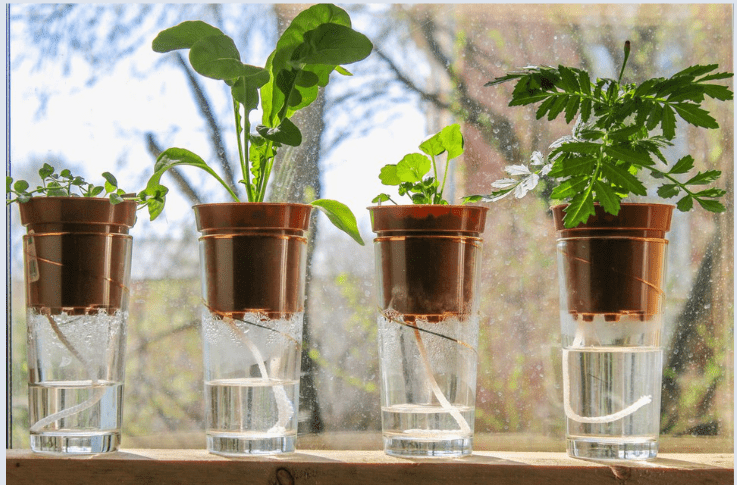
Types of Self Watering Pot
1. Basic Reservoir Pots
Self-watering pots often have a hidden reservoir at the bottom. These pots use capillary action to draw water from the reservoir into the soil as the plant needs it. They are excellent for beginners and low-maintenance plants.
2. African Violet Pots
African violets require specific care, and these pots are tailored to their needs. With a wick that draws moisture up to the roots, these pots keep your violets thriving.
3. Hanging Basket Self-Watering Pots
Hanging baskets can be a challenge to water consistently, but these self-watering pots make it a breeze. They come with a water reservoir that keeps your hanging plants hydrated.
4. Decorative Self-Watering Pots
These pots combine functionality with aesthetics. They are available in various designs and materials, adding beauty to your indoor or outdoor garden while keeping your plants watered.
5. Stackable Self-Watering Pots
If you have limited space, stackable self-watering pots are a godsend. They allow you to grow a variety of plants vertically while maintaining optimal watering levels.
6. Hydroponic Self-Watering Pots
Hydroponic gardening enthusiasts will appreciate these pots, which combine self-watering technology with hydroponic systems for optimal plant growth.
7. Terracotta Self-Watering Pots
Traditional terracotta pots get an upgrade with self-watering mechanisms. They retain the classic look while reducing the frequency of watering.

The Best Self-Watering Plant Pot in 2023 | Expert Tips for Care
Caring for your self-watering plants pot is easy, but a few tips can make a significant difference:
Proper Placement
Place your pot where it receives the right amount of sunlight for your specific plants.
Monitor Water Levels
Check the water reservoir regularly to ensure it doesn’t run dry.
Cleaning Routine
Keep your pot clean to prevent mold and algae growth.
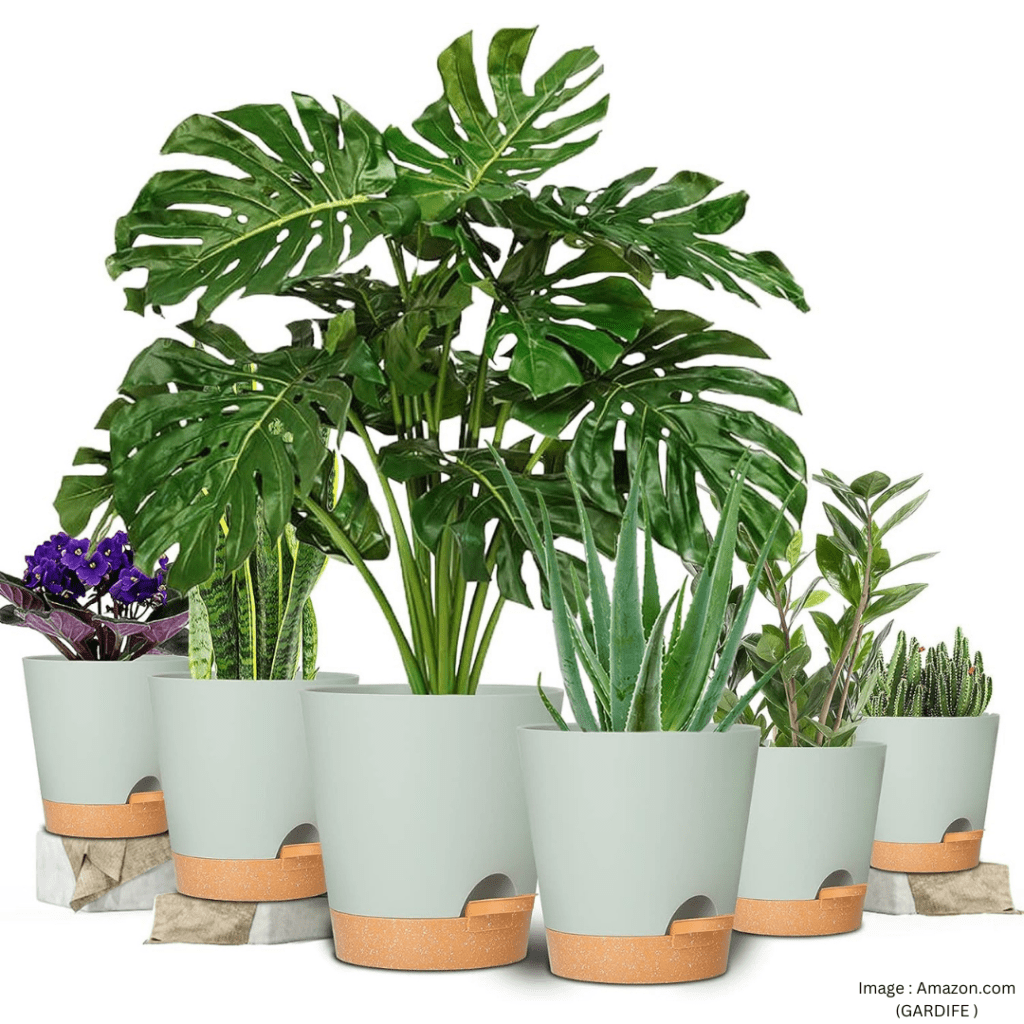
The Best Self-Watering Plant Pot in 2023 FAQs
Q: What do self-watering pots do?
A: The water reservoir supplies a consistent moisture level to the potting soil, ensuring that the plant roots have direct access to water through the adhesive force of the capillary action. The plants have the perfect level of water, and healthy root growth is easily achieved compared to normal pots.
Q: How long do self-watering pots last?
A: The refilling of self-watering planters varies depending on the size of the reservoir. While some self-watering pots require you to refill after two weeks, some can go up to four weeks without needing a refill. Most of the planters come with a water indicator that shows the level of water.
Q: How often do you refill self watering pots?
A: The number of times you’ll need to do so will depend on the type of plant, sunlight levels, and time of year, but it’ll usually be every three weeks or so. In between refills, Bullene says you can continue to water the top of your plants lightly every so often to raise humidity levels around their leaves.
Q: How do you add fertilizer to self watering pots?
A: Fertilizing. Fertilizing your plants in a sub-irrigated vessel is easy when you use a liquid low-grade organic fertilizer. Follow the dilution directions on the fertilizer package and pour directly into the planter reservoir. The plants will absorb the nutrient-rich water as they drink.
Q: How do I know if my flowers need more water?
A: Knowing when to water flowers in hot weather or times of drought can be tricky. If you feel your flowers aren’t getting enough moisture, check the top 3 inches of soil. It should be consistently moist. You may need to increase your watering schedule to maintain moisture.
Q: Can you overwater plants with self watering pots?
A: It is unlikely that a self-watering planter will cause root rot. Root rot is caused when the plant has been overwatered and the excess water doesn’t have a place to go — such as in the bottom of the pot away from the roots or out a drainage hole.
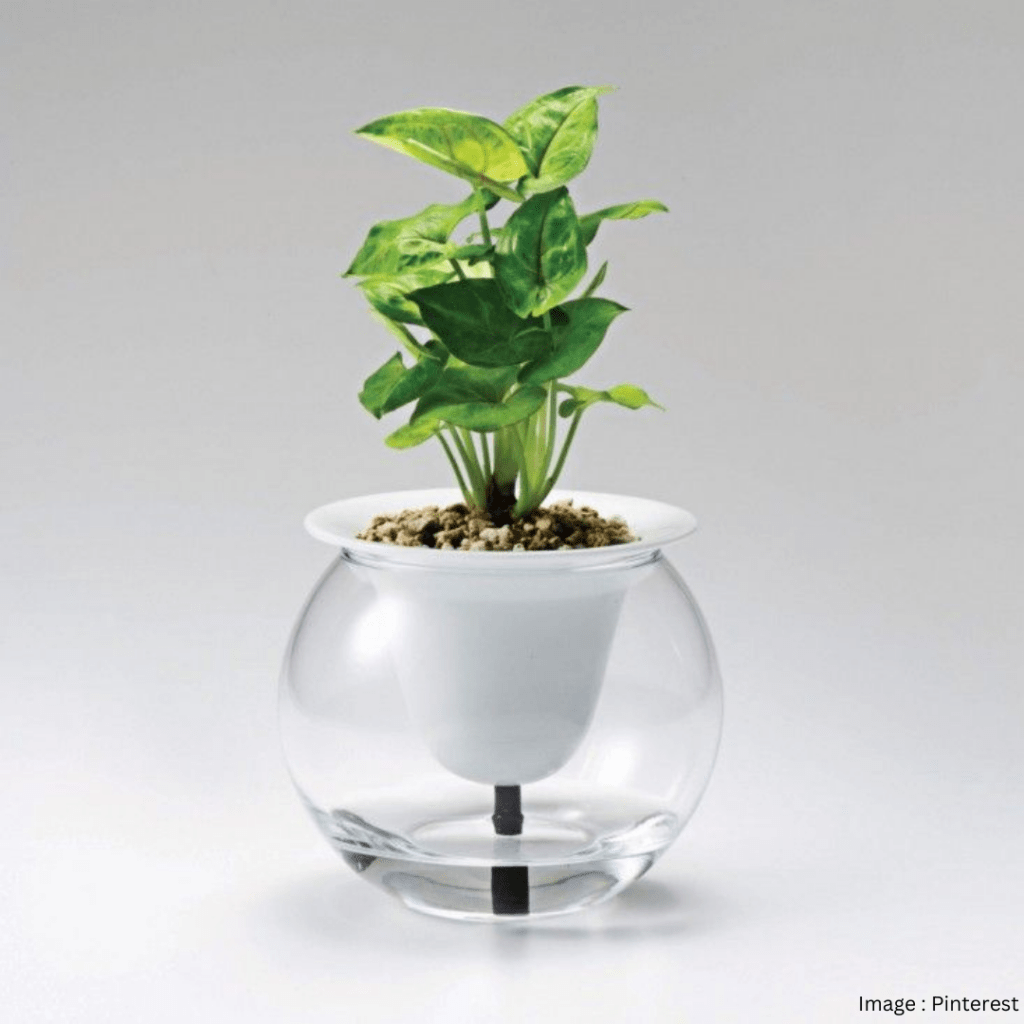
The Best Self-Watering Plant Pot in 2023 | Conclusion
In 2023, self-watering plant pots are the future of hassle-free gardening. With their innovative designs and eco-friendly options, they cater to every plant enthusiast’s needs. Say goodbye to plant neglect and hello to lush, thriving greenery. Embrace the convenience and sustainability of self-watering pots, and watch your garden flourish.
About The Author

Pruthvirajsinh
THE WAY YOU NEED IT
Connect with us
Recent Posts
- Decorate Your Home Space With Artificial Grass In 2023
- #1 Top 5 Creative Festive Garden Decor Ideas
- #1 The Most Easy Way to Protect Your Plants From Frost In USA
- #1 BEST TULSI REDUCES ACTIVE ACNE IN 2023
- #1 Best 7 indoor plants that people with amazing-smelling homes use to scent their spaces naturally
Information
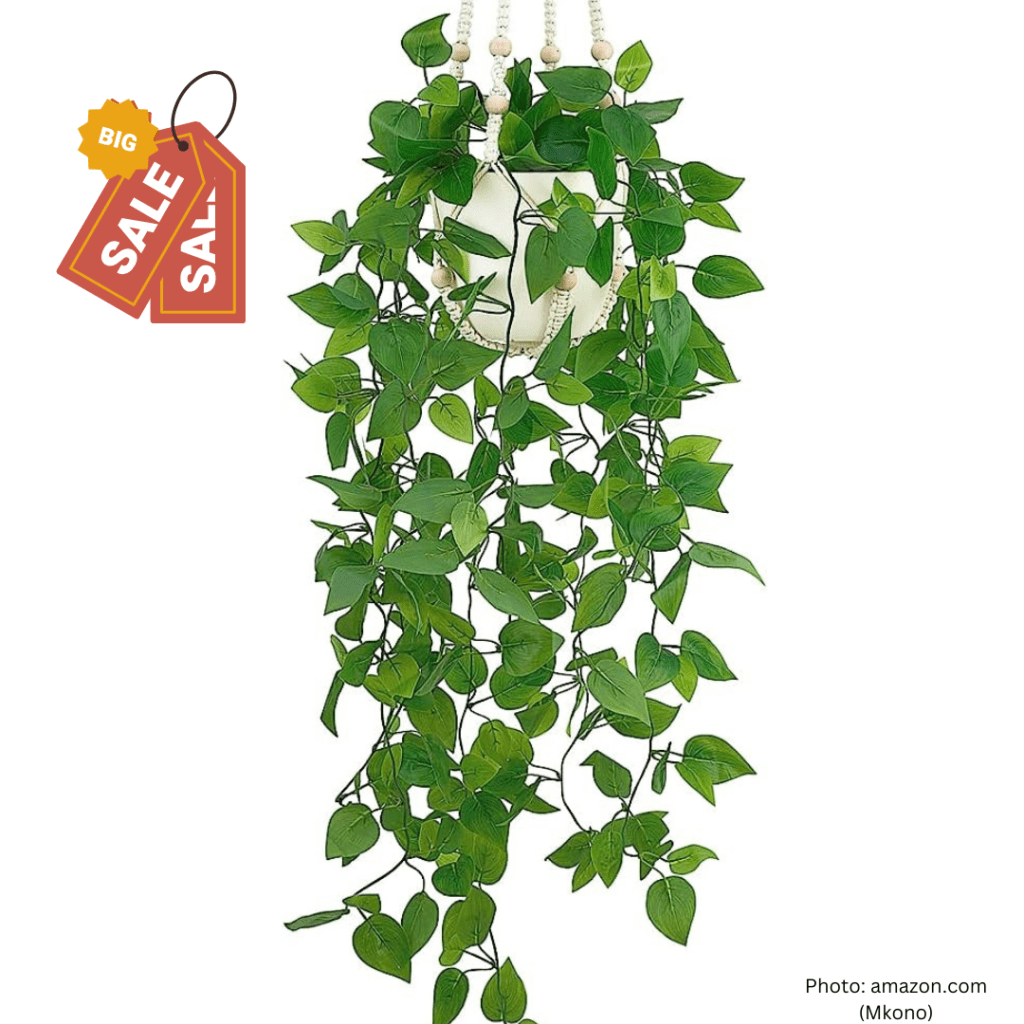
Mkono Fake Hanging Plant with Pot, Artificial Plants for Home Decor
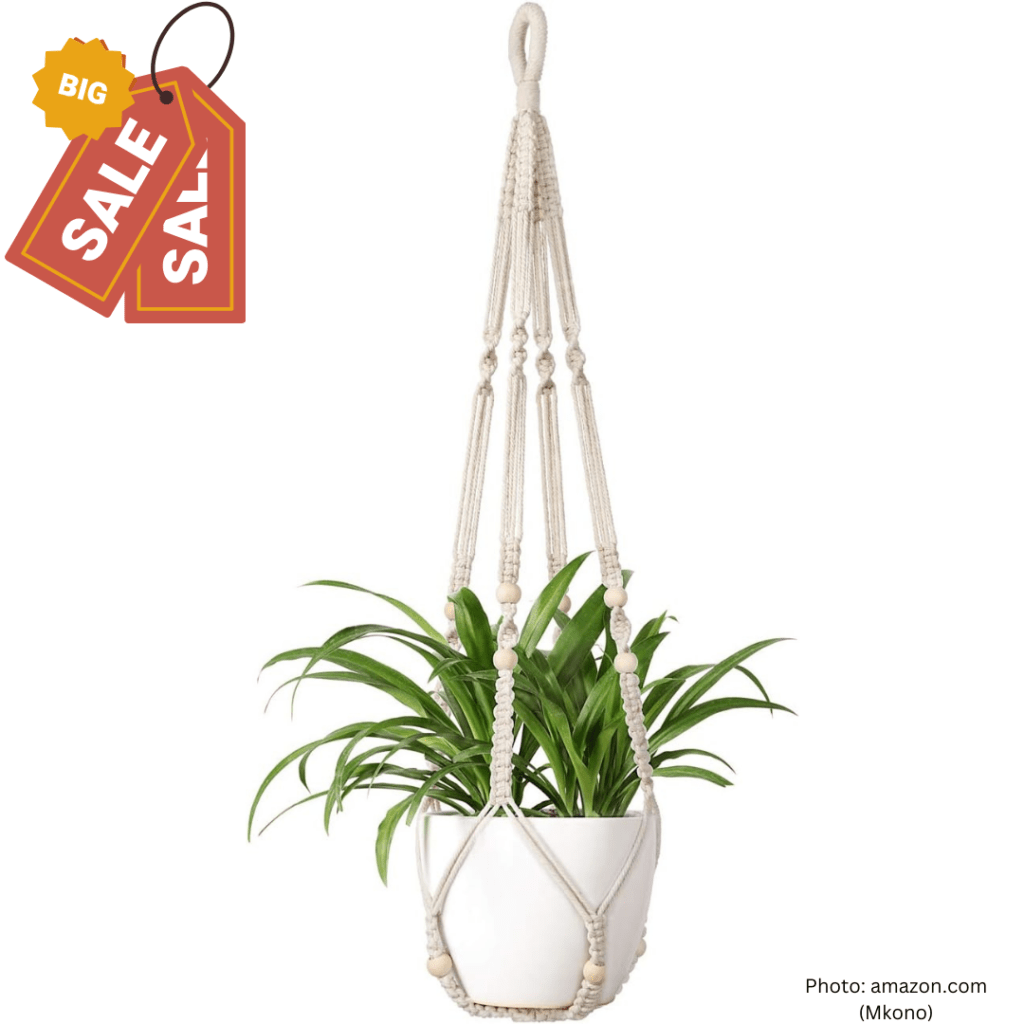
Mkono Macrame Plant Hanger Indoor Hanging Planter Basket with Wood Beads Decorative Flower Pot
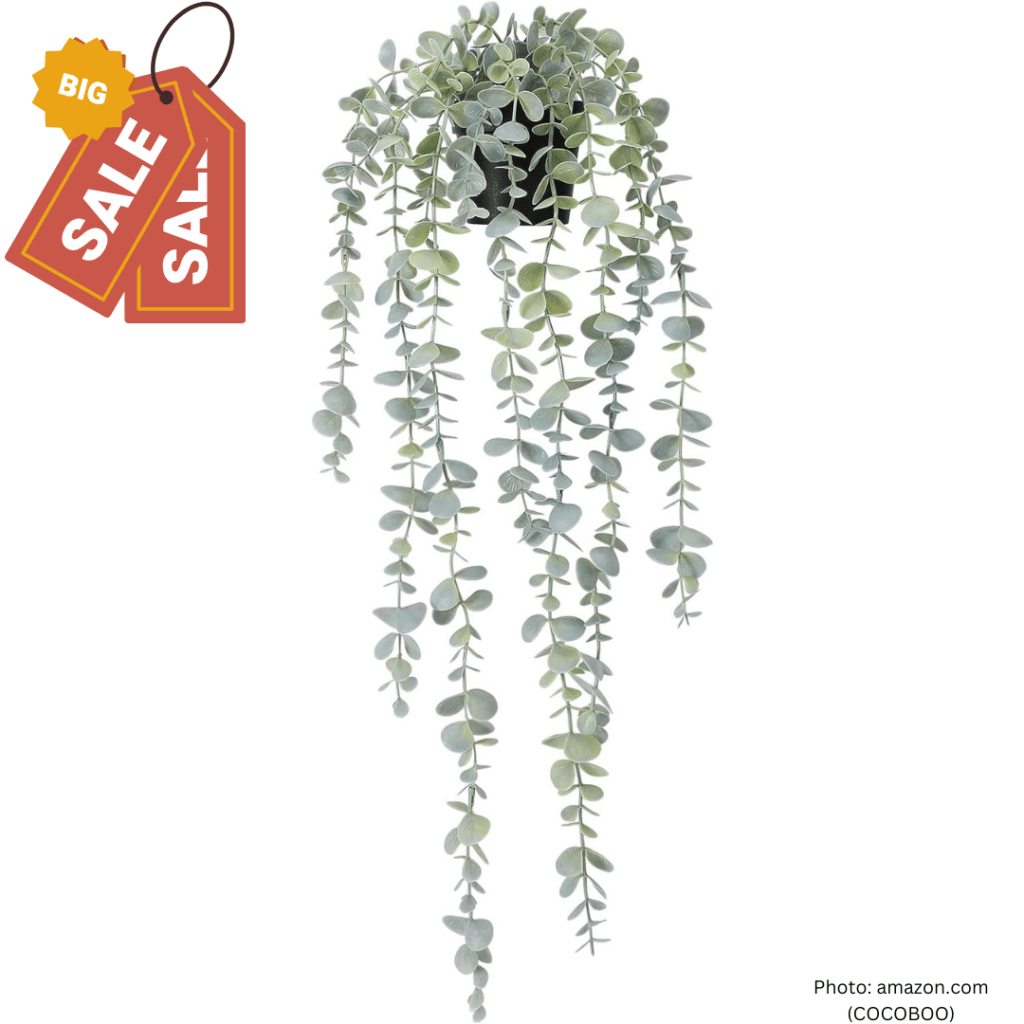
COCOBOO 1 x Artificial Hanging Plants Artificial Eucalyptus Plant Hanging Plant
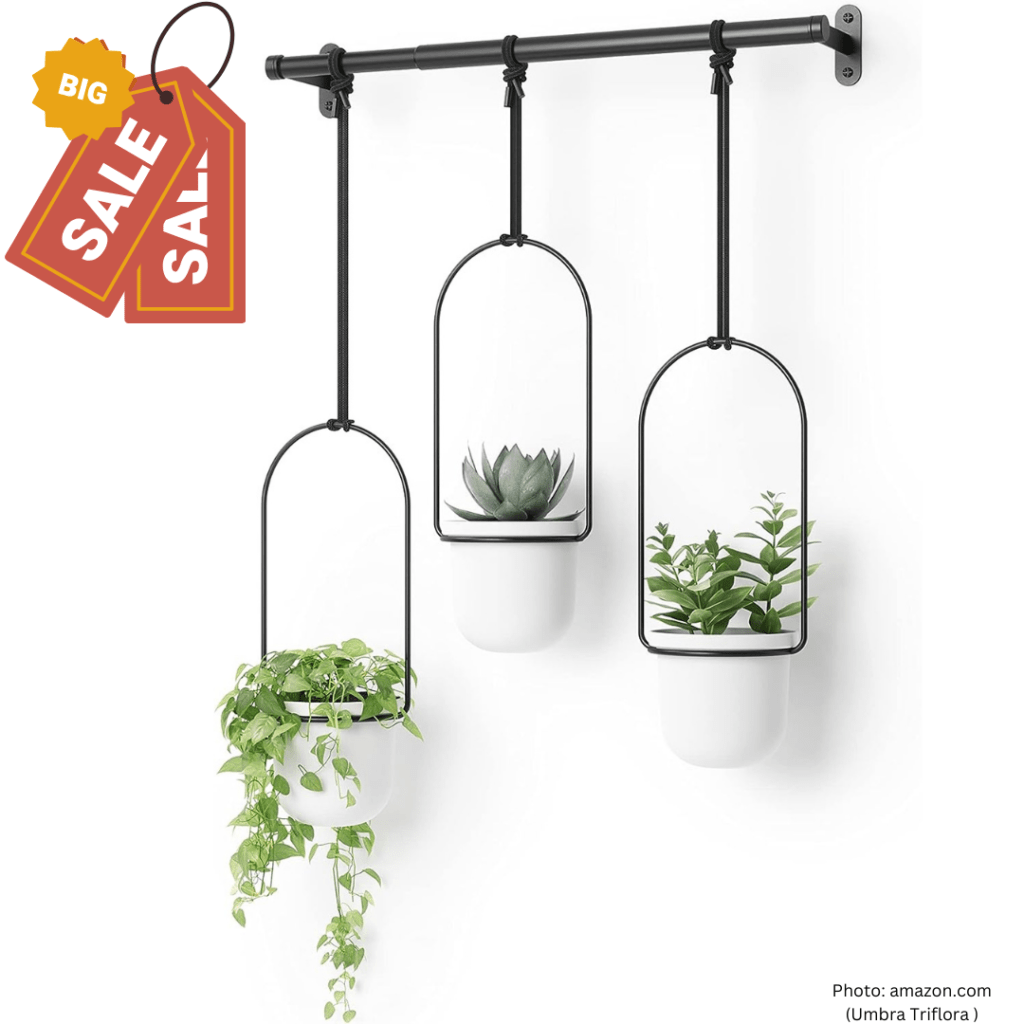
Umbra Triflora Hanging Planter for Window, Indoor Herb Garden, White/Black, Triple
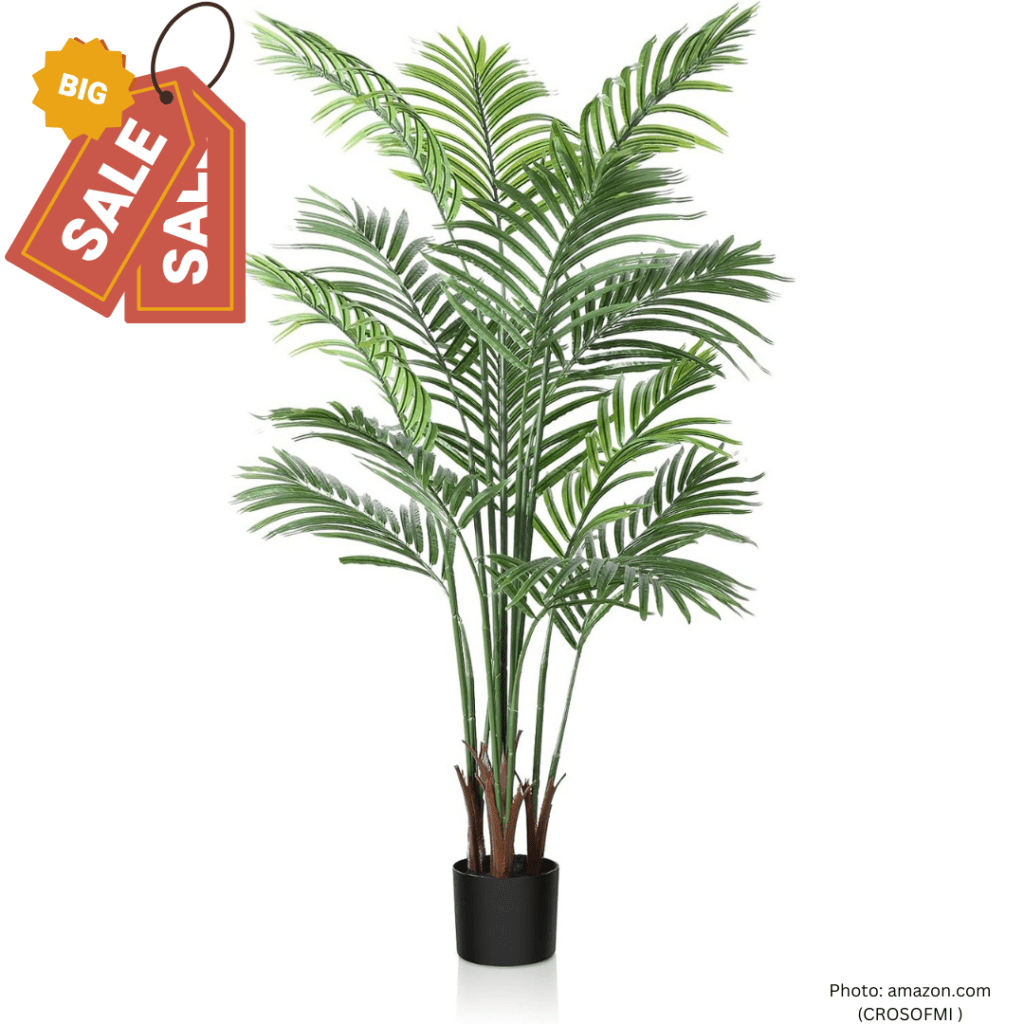
Artificial Areca Palm Plant 5 Feet Fake Palm Tree with 13 Leaves Faux Yellow Palm in Pot for Indoor Outdoor House
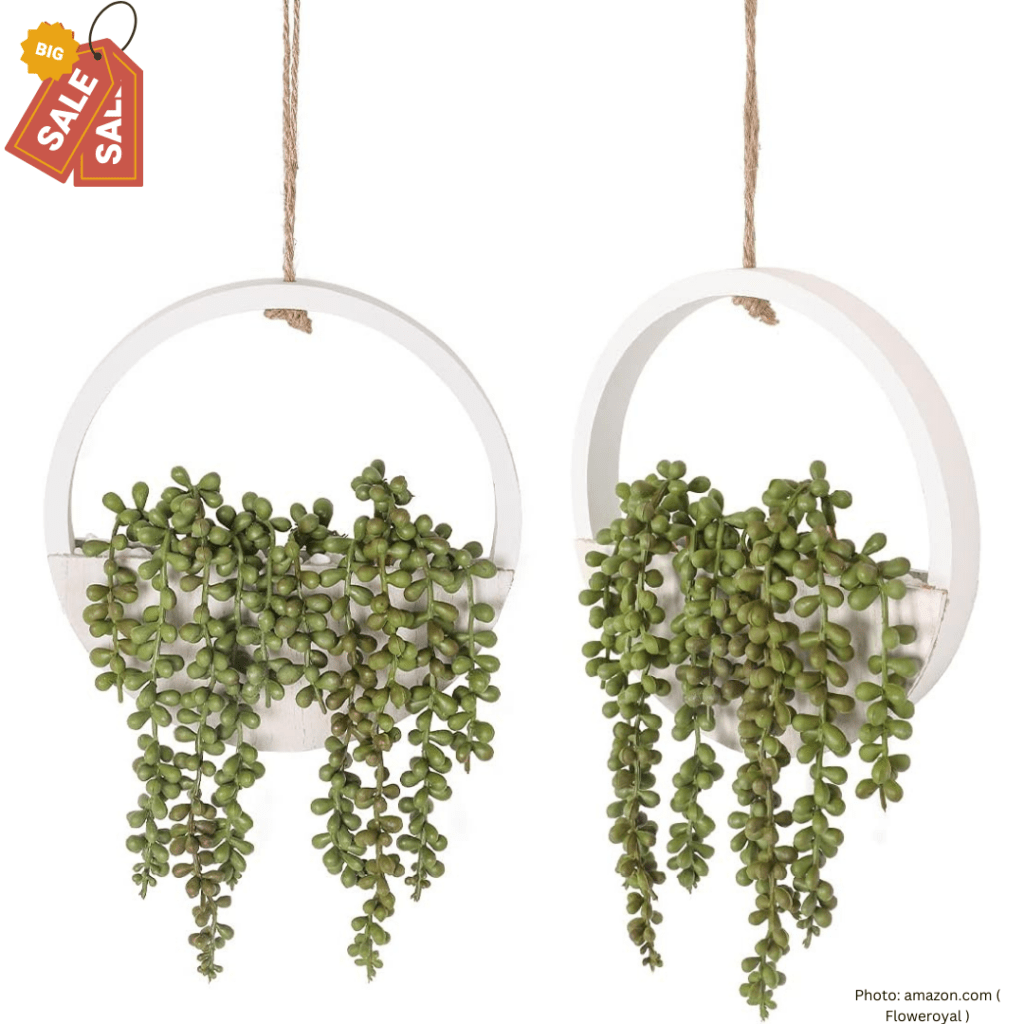
2pcs Artificial Succulents Hanging Plants 12.2” Fake String of Pearls in Pot

Whonline Artificial Hanging Plants Small Fake Potted Plants

Ageomet 3pcs Artificial Hanging Plants, 3.6ft Fake Ivy Vine
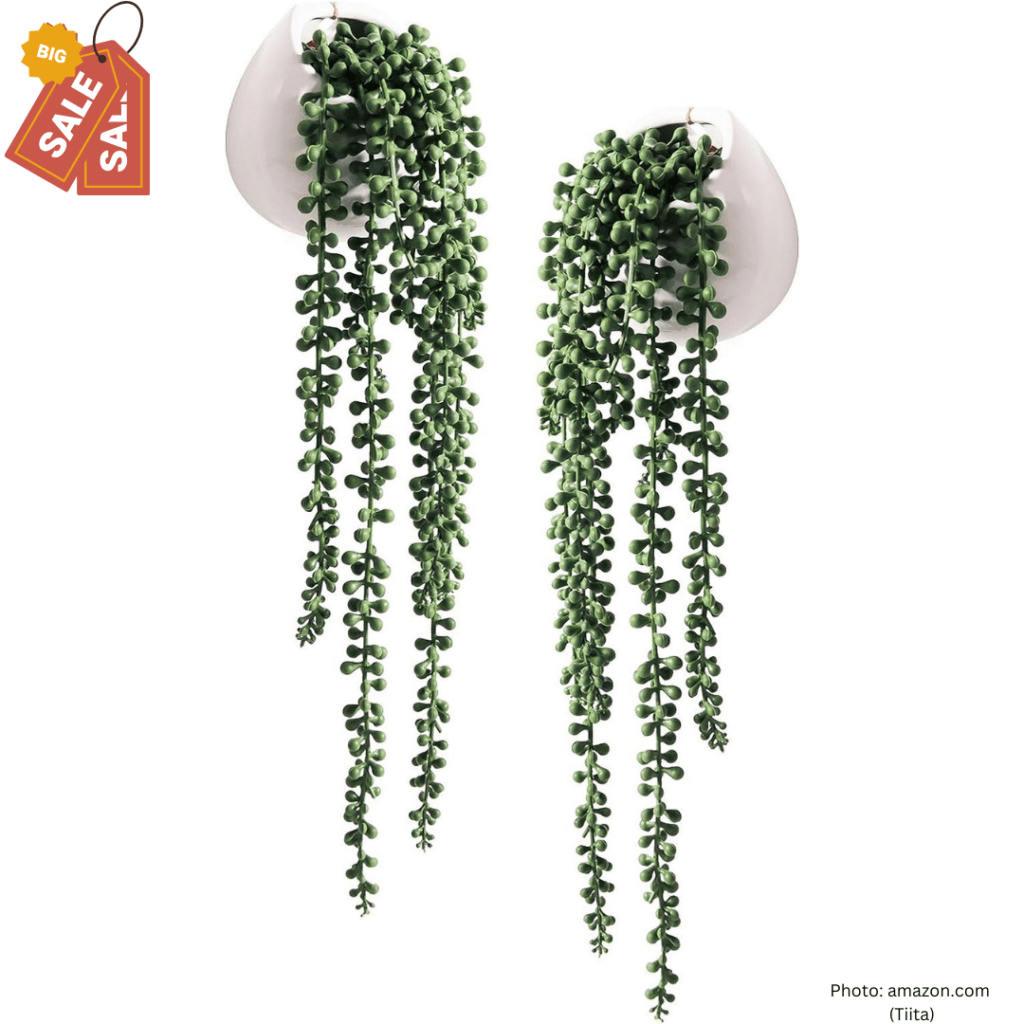
Artificial Succulents Hanging Plants, Fake String of Pearls Plants in White Ceramic, Set of 2

Mkono 2 Packs Fake Hanging Plant with Pot, Artificial Plants for Home Decor

Artificial Plants & Flowers with Nightlight
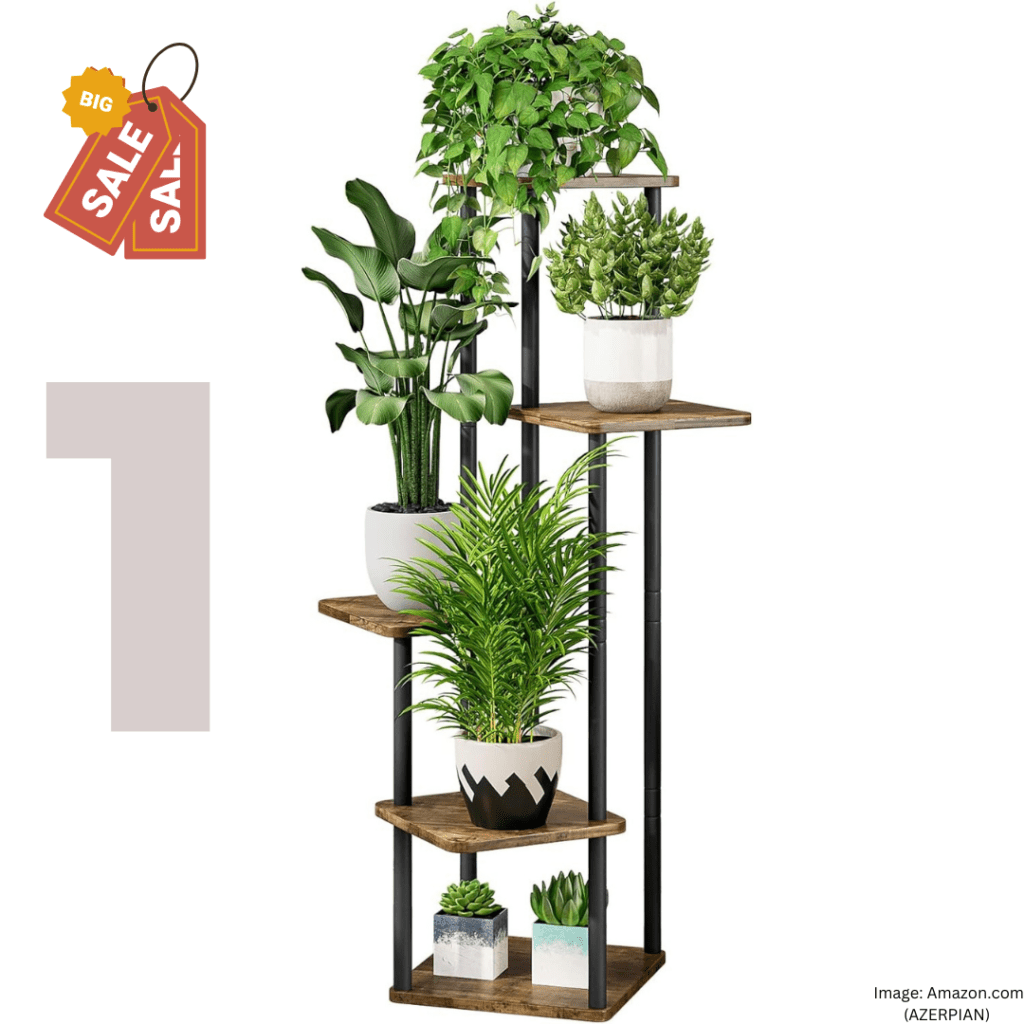
Plant Stand 5 Tier Indoor Metal Flower Shelf for Multiple Plants Corner Tall Flower Holders
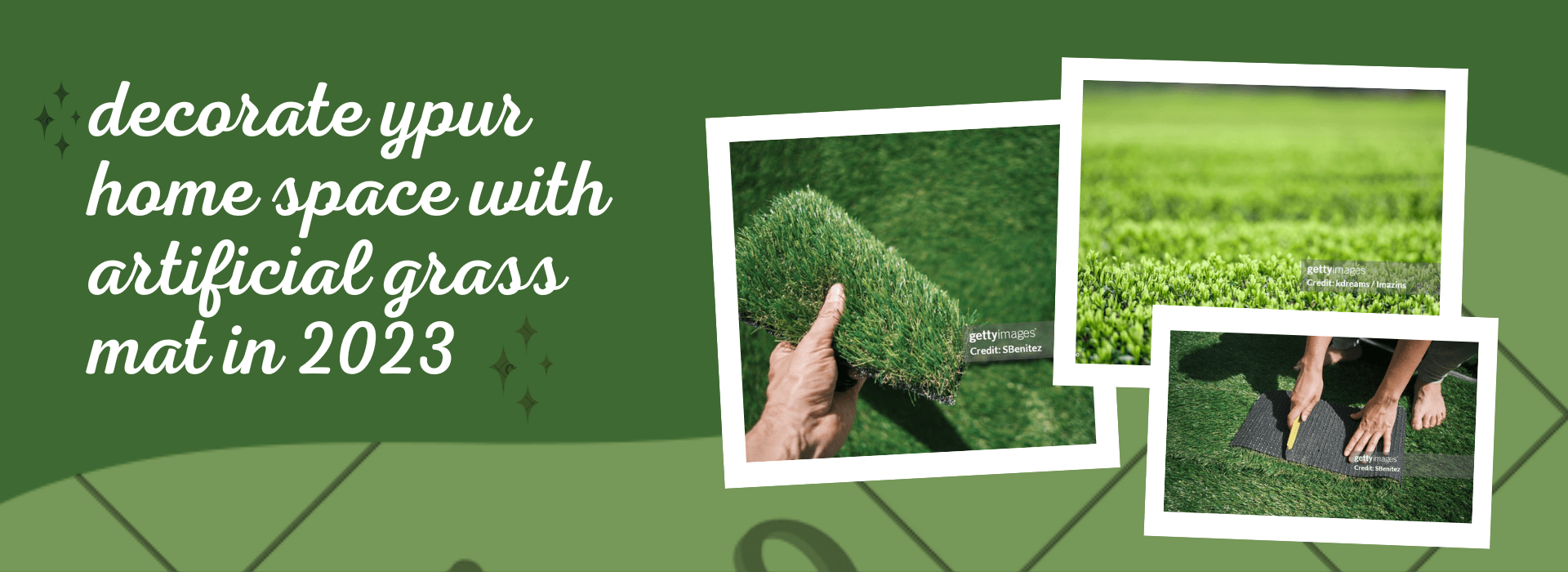
Decorate Your Home Space With Artificial Grass In 2023

#1 Top 5 Creative Festive Garden Decor Ideas

#1 The Most Easy Way to Protect Your Plants From Frost In USA
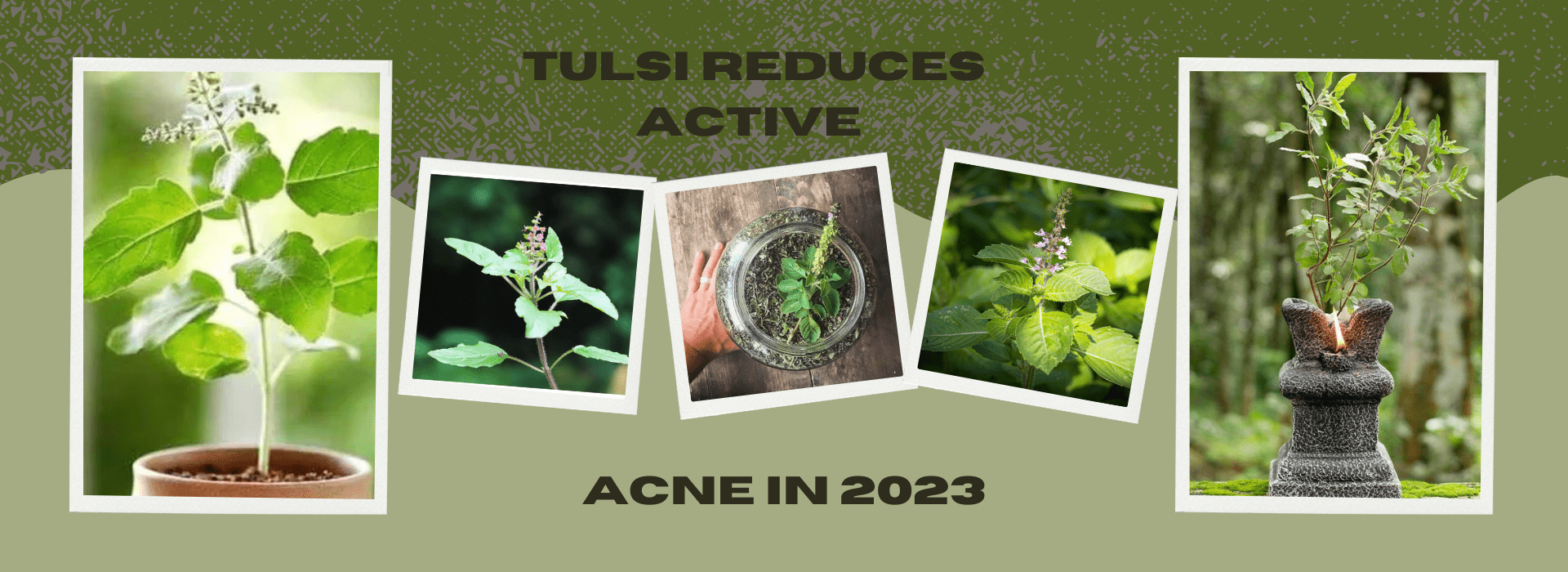
#1 BEST TULSI REDUCES ACTIVE ACNE IN 2023

#1 Best 7 indoor plants that people with amazing-smelling homes use to scent their spaces naturally
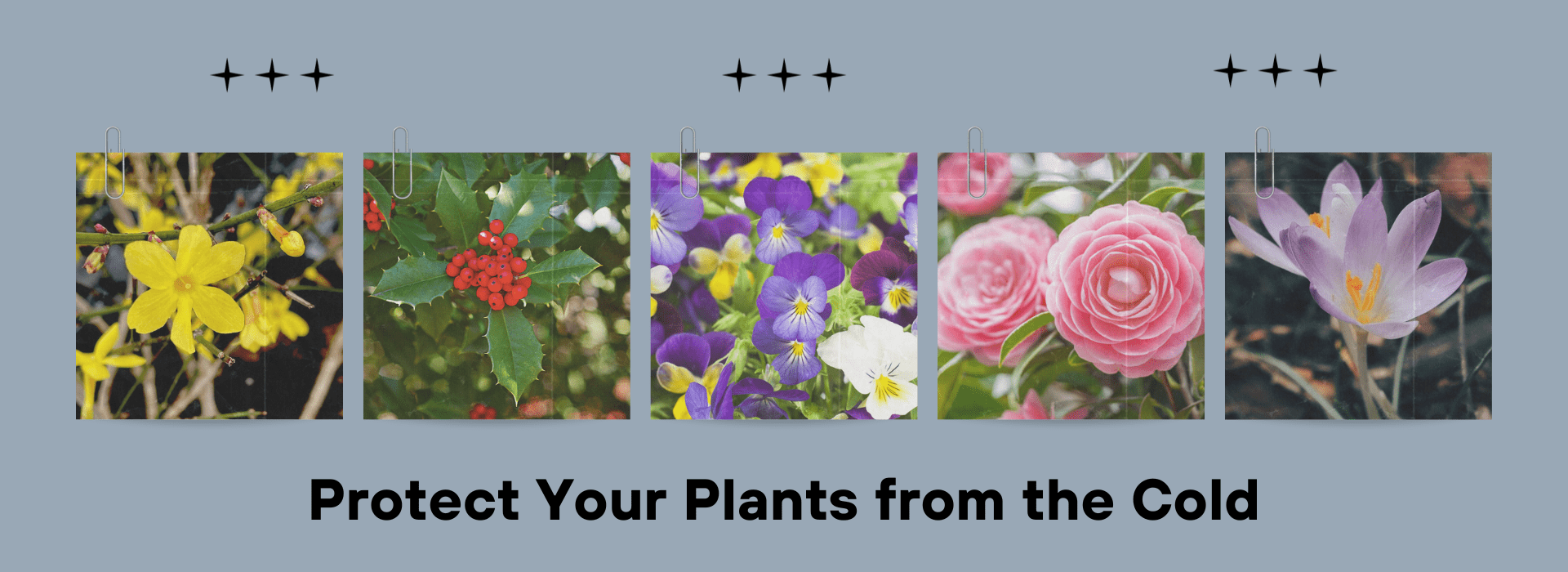

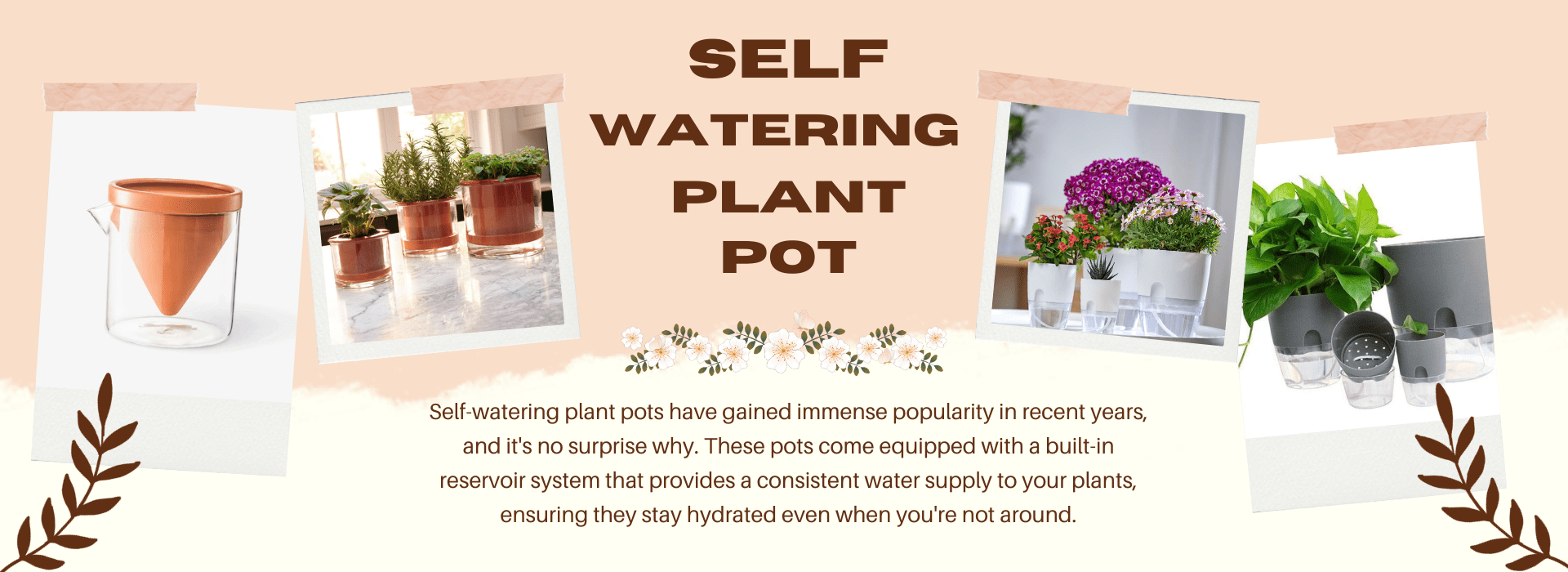

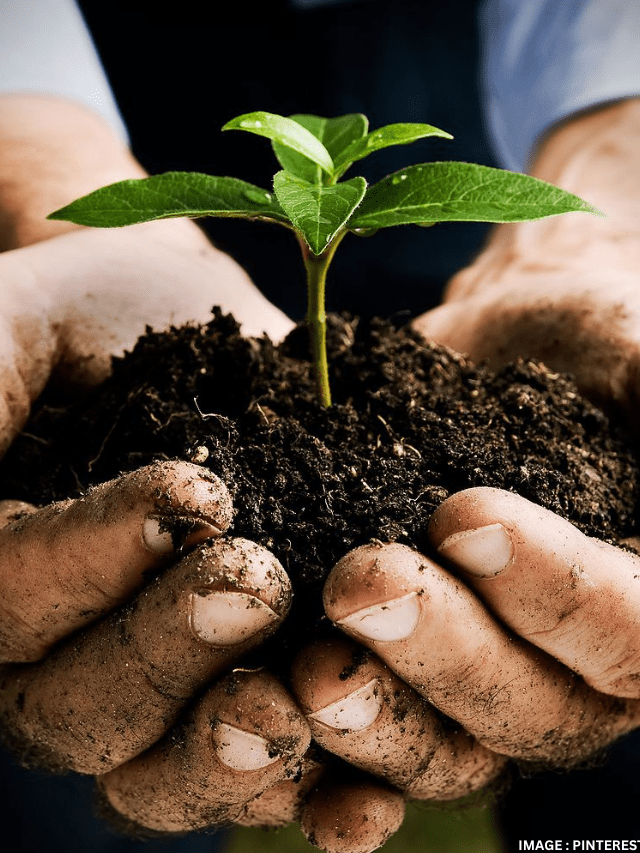


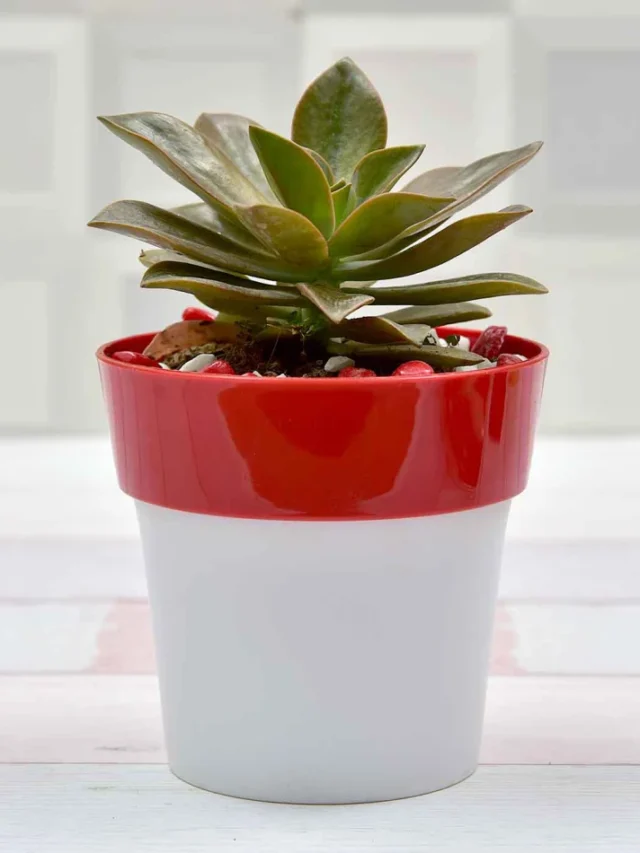
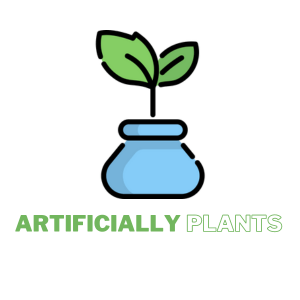
Recent Comments